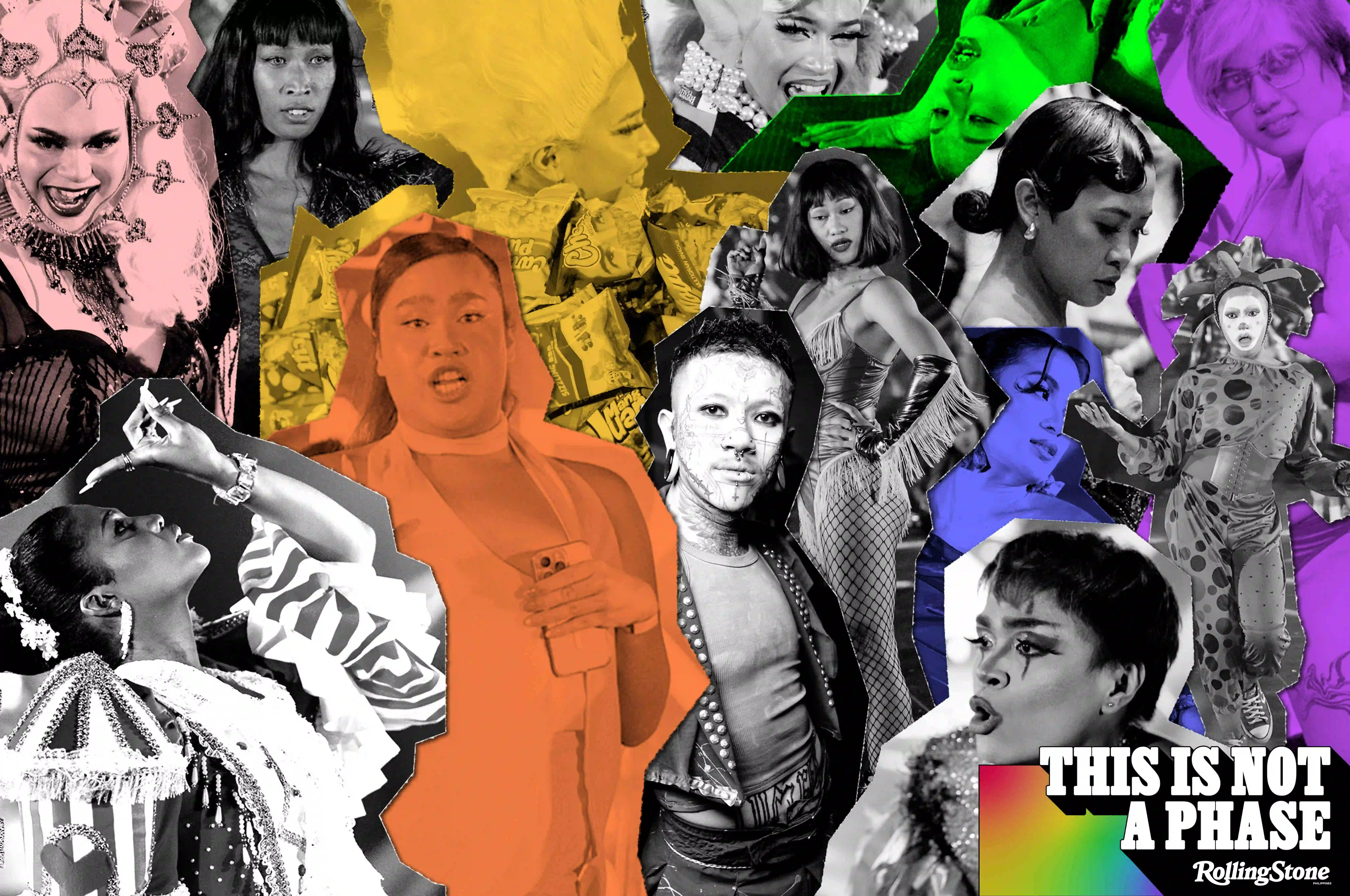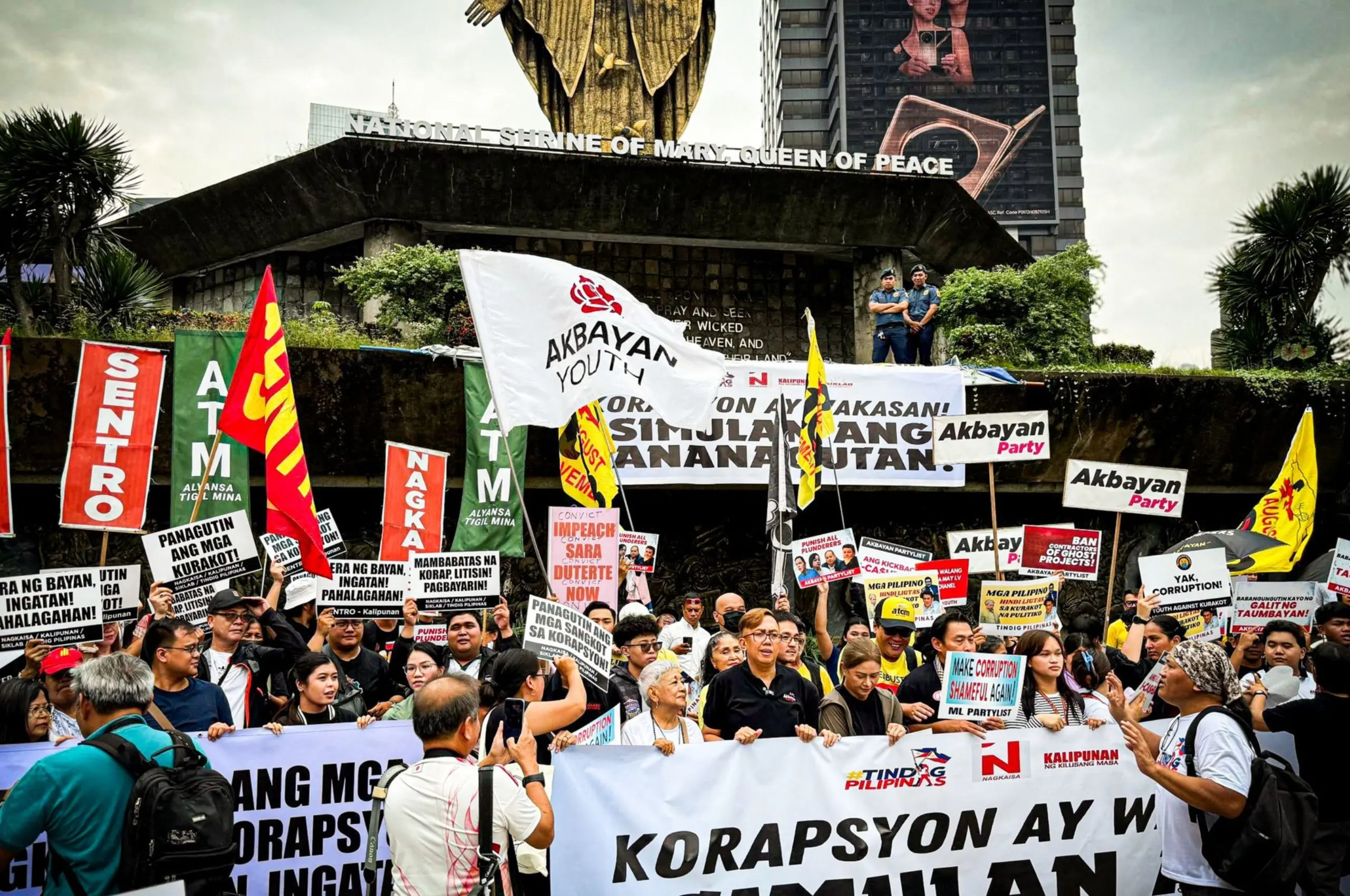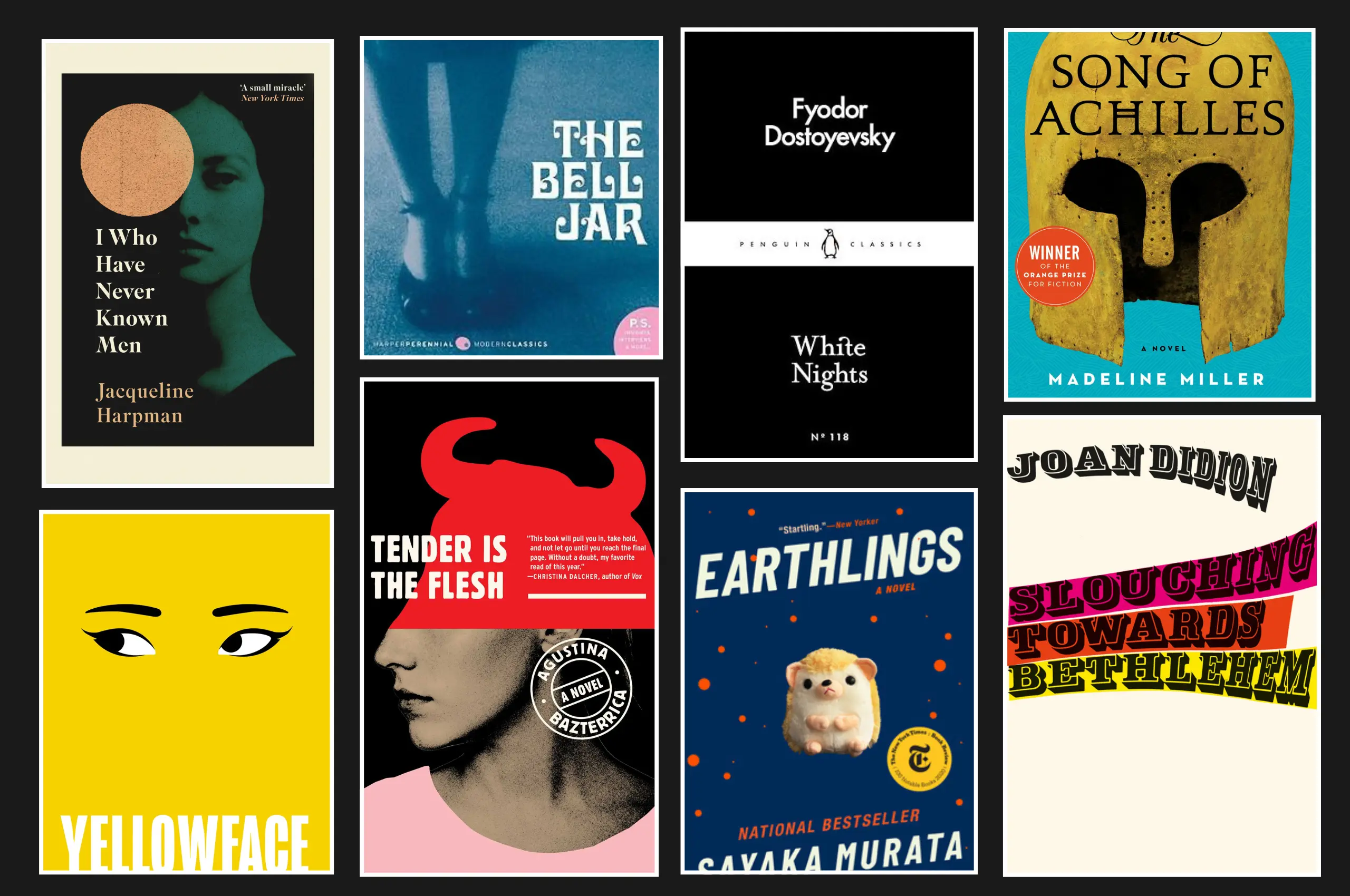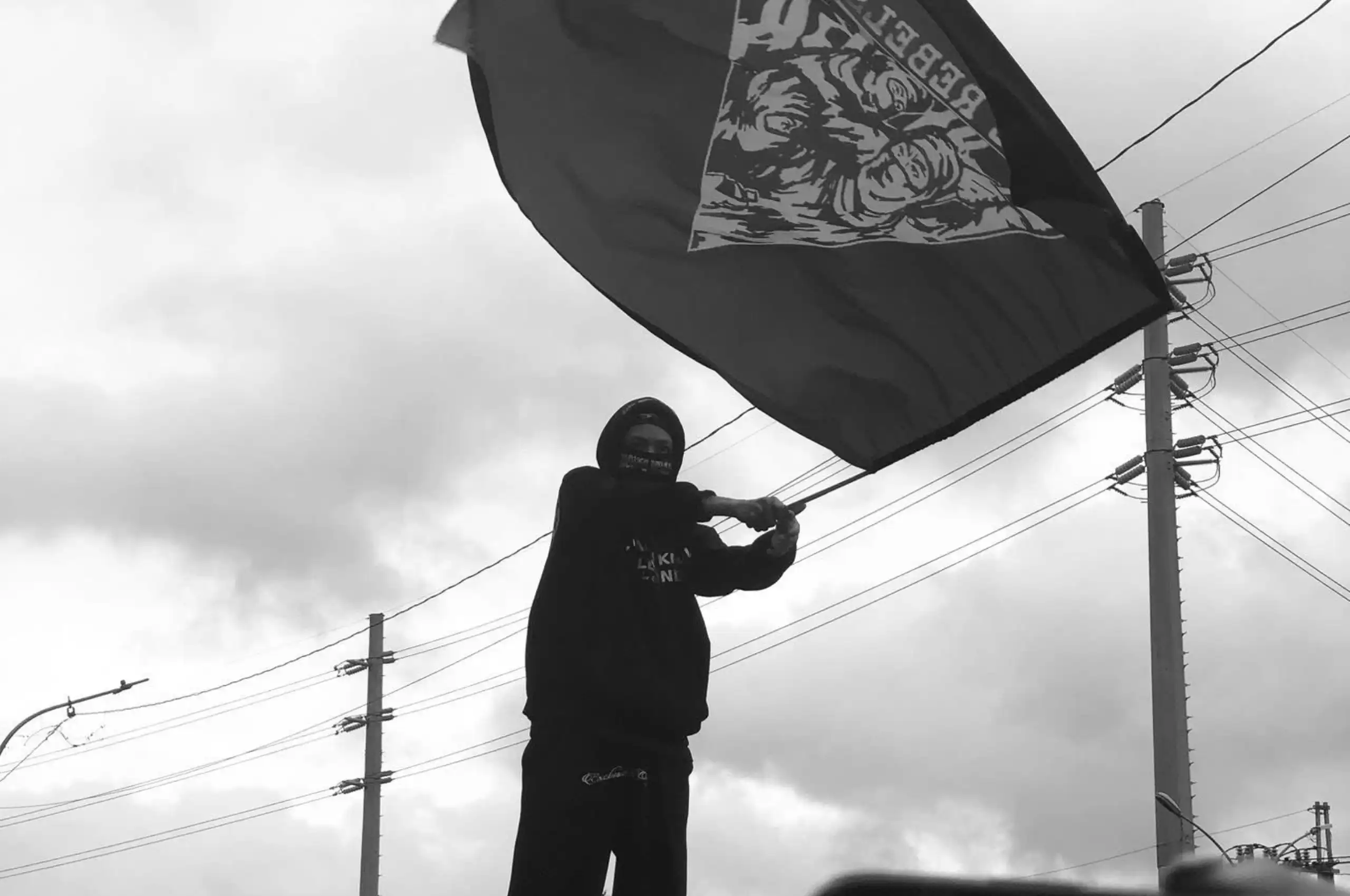This story is part of “This Is Not A Phase,” Rolling Stone Philippines’ Pride Month storytelling campaign. Featuring the unapologetic individuals who refuse to back down on who they truly are, “This Is Not A Phase” highlights stories that challenge what’s considered acceptable in Filipino LGBTQIA+ culture.
Ten years ago, there was no such thing as a Philippine ball scene. Ballroom culture first began in the early 20th century at the dawn of the Harlem Renaissance in New York City. Black, Latino, and queer communities came together to throw legendary house balls, creating safe havens where they could dance, strut runways, and express every shade of themselves without the fear of being judged. At the time, these balls were driven underground, spread through word of mouth and attended only by those “in the know” to ensure the safety of the community.
While ball culture has spread across the globe, the Philippines only recently began to truly catch its rhythm. Though impromptu dances have long flickered across the country and informal, localized balls (or kikis) have appeared within queer communities, a formal ball scene initially struggled to take root. Major balls were virtually nonexistent, partly because of the risks tied to living in a deeply conservative society. Despite the noble efforts of a few brave organizers to unite dancers into loose groups, the scene stayed as fragmented and scattered as the archipelago itself.
That is, until Xyza Ragunjan — or Mother Xyza of the House of Mizrahi — decided to bring the first international house to the Philippines.
To mention Mother Xyza’s name in the Philippine ball scene is to summon instant respect. Widely recognized as a trailblazer, she has dedicated the last decade to proving that the Philippines can stake its claim to an authentic ballroom culture on the global stage. Mother Xyza is credited for bringing the first-ever international voguing house to the country, introducing audiences to the fierce dance style defined by sharp poses, fluid movements, and dramatic gestures that command the dance floor. The House of Mizrahi was first founded by Icon Andre Mizrahi in New York.
“When I went to New York in 2015, none of the dancers there believed I was from the Philippines,” Mother Xyza told Rolling Stone Philippines. She explained that she had flown there to learn directly from the source of ball culture. “Parang they’d guess I was from Syria, Cyprus, India, ganyan,” said Mother Xyza. “They just didn’t think we could have a ball scene. When I came back, I wanted to change things.”
Growing Pains
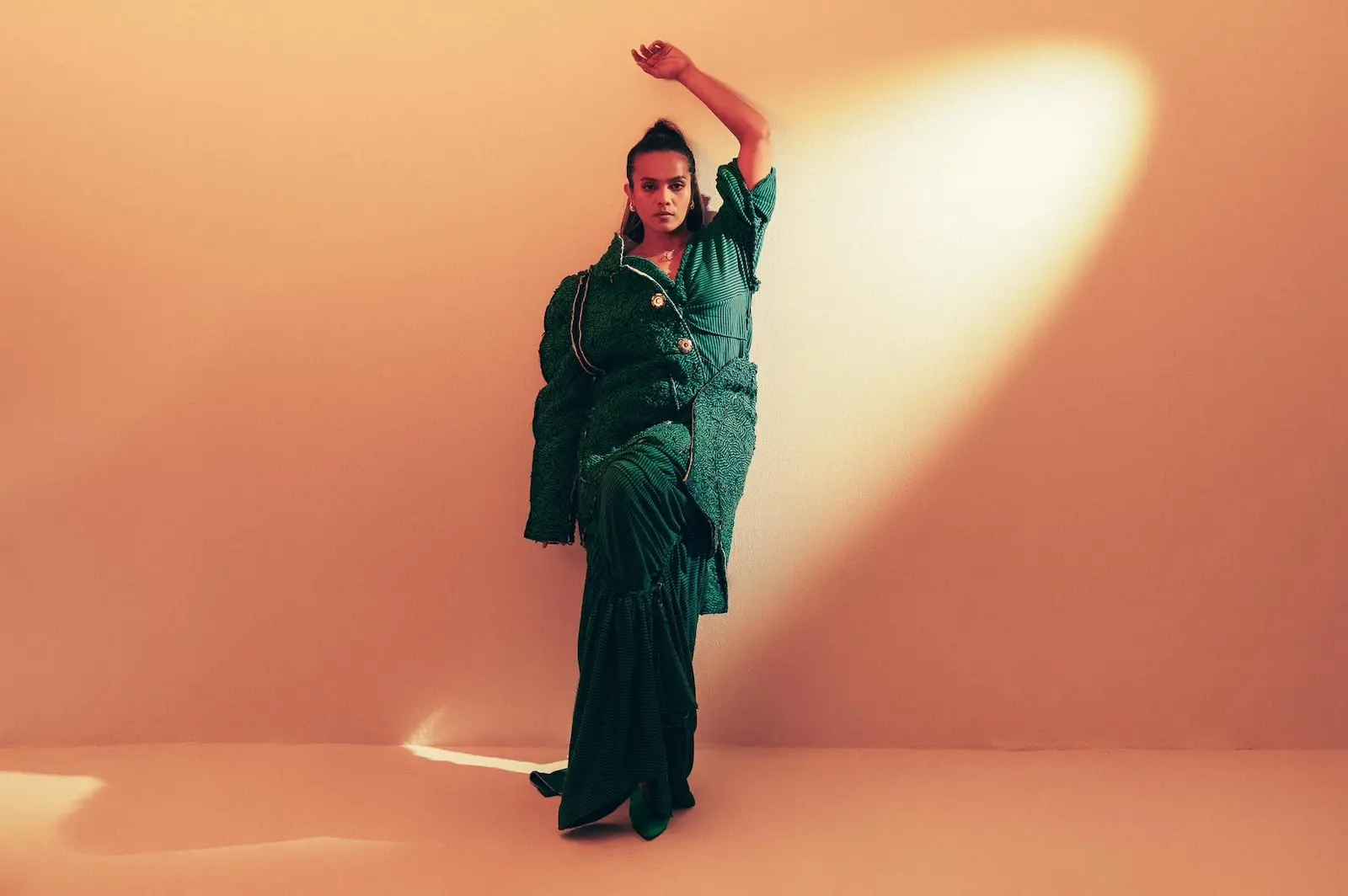
However, uniting the country’s ball scene came with its own challenges, especially the lack of knowledge about how to build and sustain a community from the ground up. “Back then,” said Mother Xyza, “unless you had a direct line of information into New York’s scene, you really wouldn’t know what to do. They were so protective… Exclusive ‘yong scene. Parang they wanted to make sure na kung sino ‘yong papasok at mag-share ng knowledge about the community are those who are really for the community.”
From 2016 to 2019, the House of Mizrahi held one or two balls a year (“Swerte na kapag may tatlo,” joked Mother Xyza), though attendance remained low. “We were lucky kung may 50 sa audience noong time na ‘yon,” said Mother Xyza. “Tapos ‘yong mga nagsusupport na LGBT organizations were so few. We were trying to partner with safer clubs, safer spaces for our events… Pero there were really so few.”
What’s more, Mother Xyza recalled how she had a difficult time gaining support from members of the LGBTQIA+ community. “As a cis woman,” she said, “the feeling of the community was, ‘Why is she leading us? She shouldn’t be the trailblazer.’ But I put the time in. I showed that I cared, even if I wasn’t who they wanted me to be. I worked hard to convince sponsors and media partners to notice us, and I taught them what the ball scene actually was, even when hindi pa sila fully open to the idea of balls.”
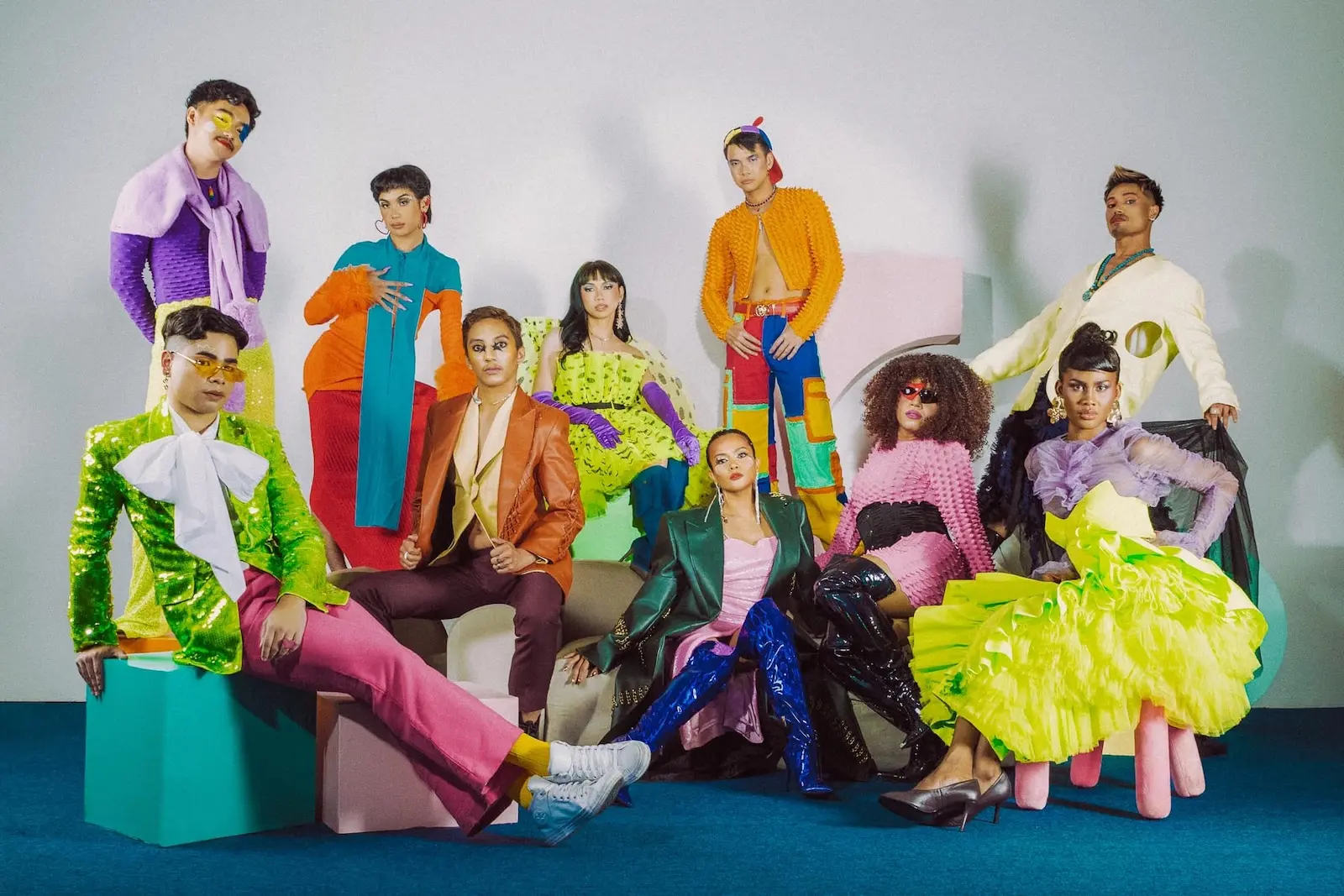
Mother Xyza, in short, persisted. She continued to regularly compete in dance competitions within the country and across Asia, bringing the Mizrahi name with her. She continued to visit New York to act as a metaphorical bridge between the two scenes. “It was all very underground,” said Mother Xyza, “We were careful with promoting kasi in the Philippines, may maraming spaces na hindi pa siya sobrang safe for everyone, especially for the trans community. Iba pa rin so we always made sure na kung saan ginagawa ‘yong ball, walang makaka-feel na they’re being judged.”
The house matriarch noted that things really changed for the better during the lockdown that came with the COVID-19 pandemic. “Honestly, before the pandemic, ball really wasn’t mainstream,” she said. “When the pandemic hit, that was a real turning point, kasi nasa bahay lang tayo, and malaki ang internet access. Ball started to go mainstream.” During the pandemic, she organized the country’s first Rainbow Ball. Looking for a way to continue to sustain the community despite the strict quarantine restrictions, the two decided to host the ball online in 2021. “Somehow, in those small screens, parang you’d know na you still have your house family and na you can still express yourself as who you are,” said Mother Xyza.

Five years later, the Rainbow Ball has grown into one of the largest and most anticipated Pride events in the Philippines and across Asia. Held annually in Manila, it draws attendees from every corner of the country, with performers traveling from Metro Manila, the Visayas, and Mindanao to take part in the celebration. Houses and soloists from neighboring Asian countries also join the festivities, turning the event into a regional stage for queer artistry. This year, Mother Xyza and Father Misha took it a step further by inviting eight Icons from New York City to join the judging panel. “Sobrang sarap ang feeling,” she said. “They were really shocked kung paano natatatranslate ng Philippine scene ‘yong ballroom community. They were amazed. There was even a comment na our scene has the same energy as New York back in the day.”
Fierce Competition
A decade after Mother Xyza first started the House of Mizrahi, five major international houses have opened official chapters in the Philippines. Alongside Mizrahi, the Houses of De La Blanca, Ninja, LaBeija, and Oricci have each planted their roots in the country, establishing formal ties to the global ballroom circuit. Meanwhile, at least 13 official kiki houses have emerged in Manila alone, offering a vital space for new performers to walk, grow, and find their support systems.
Under Mother Xyza’s care, the House of Mizrahi has grown to become one of the most competitive houses in the scene. “‘Yong house dynamics namin, especially kapag maapit na ‘yong ball, we really prepare and figure out who can best represent the house per category,” she said. “Tapos we train, and we build on each other’s strengths.”
“Since it’s a mainstream house, we all have very strict responsibilities,” she continued. “We hold each other accountable, for example, with how we can improve our looks. We critique each other, parang ‘tough love,’ para talagang mabigay ‘yong best version of our work.” This drive to improve has helped the House of Mizrahi earn major cash prizes from competing in major balls, earning as much as P15,000 for winning a category. “It can vary,” noted Mother Xyza. “For example, one category can just be worth P8,000 while another can be P25,000.”
Instead of being split among house members, these prizes are awarded in full to the individual who represented the house on the runway. “Kasi we just put effort into helping that one member out,” said Mother Xyza. “But it’s their idea, it’s their design, their engineering. We are there to support lang. And for some of these kids, those cash prizes go a long way in sustaining them financially, maybe all the way until the next ball.”
New Families
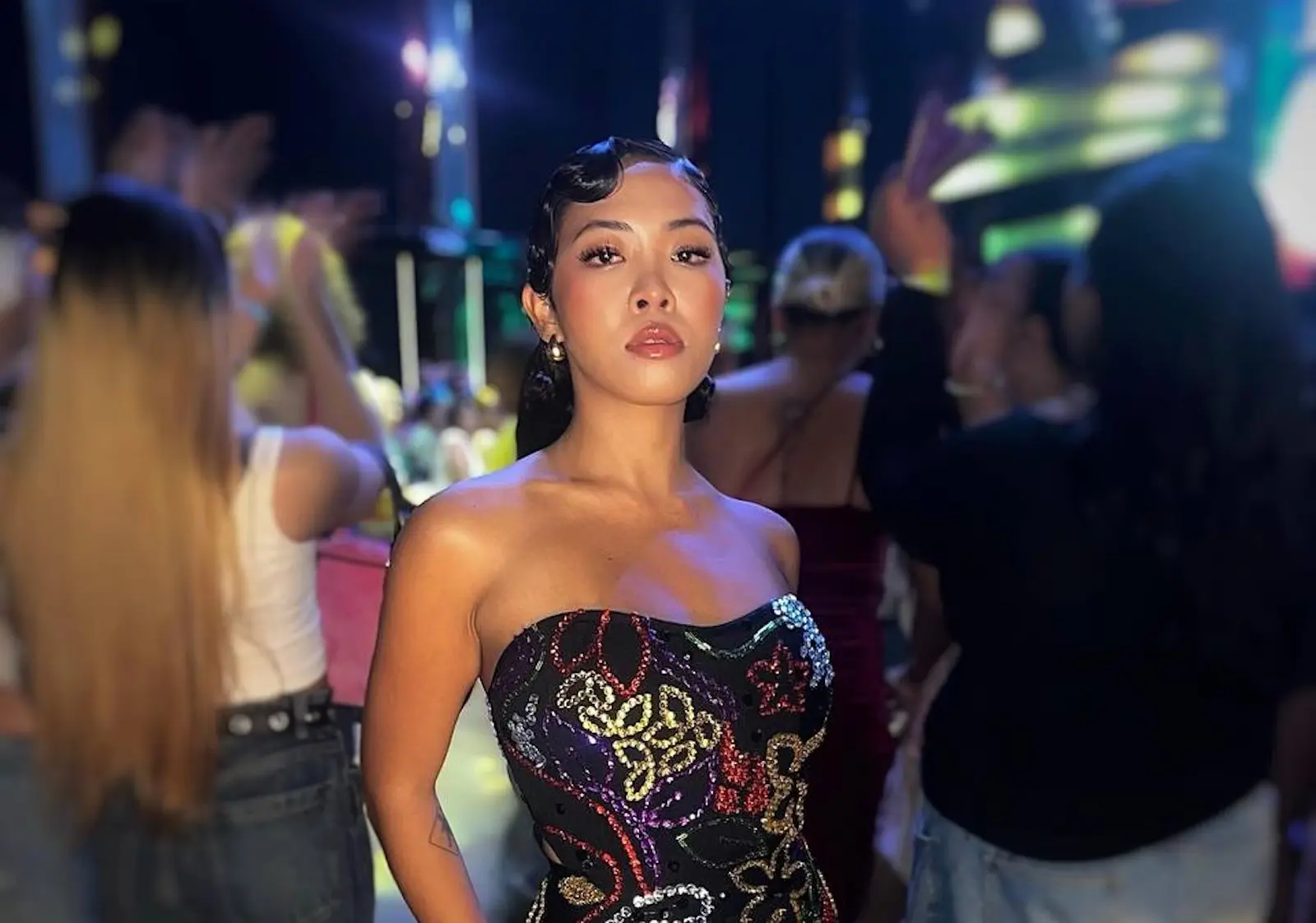
As the ball scene continues to grow, more and more houses founded by Filipino mothers and fathers, rather than international founders, have begun to find their footing.
One standout is the House of Bayle, which made its official debut during the Kiki Aftermath segment of this year’s Rainbow Ball. “I was just so amazed by [supermodel] Anna Bayle and her story, [and] I’d been thinking about making a kiki house for a year now,” House of Bayle’s Mother Blaze told Rolling Stone Philippines. Mother Blaze, who has been an active member of the scene since 2023, recognized how important it is to create a chosen family, especially within the queer community.
“It’s so hard for queer individuals in the Philippines to earn money or find jobs, there’s so much discrimination,” said Mother Blaze. “But with the ball scene, they love showing up the best they can. They train really hard, and a lot of these kids come from far places because usually the balls are held in Makati or around Manila. Some of them are coming from Valenzuela, Caloocan, Bulacan; they really make an effort to show up.”
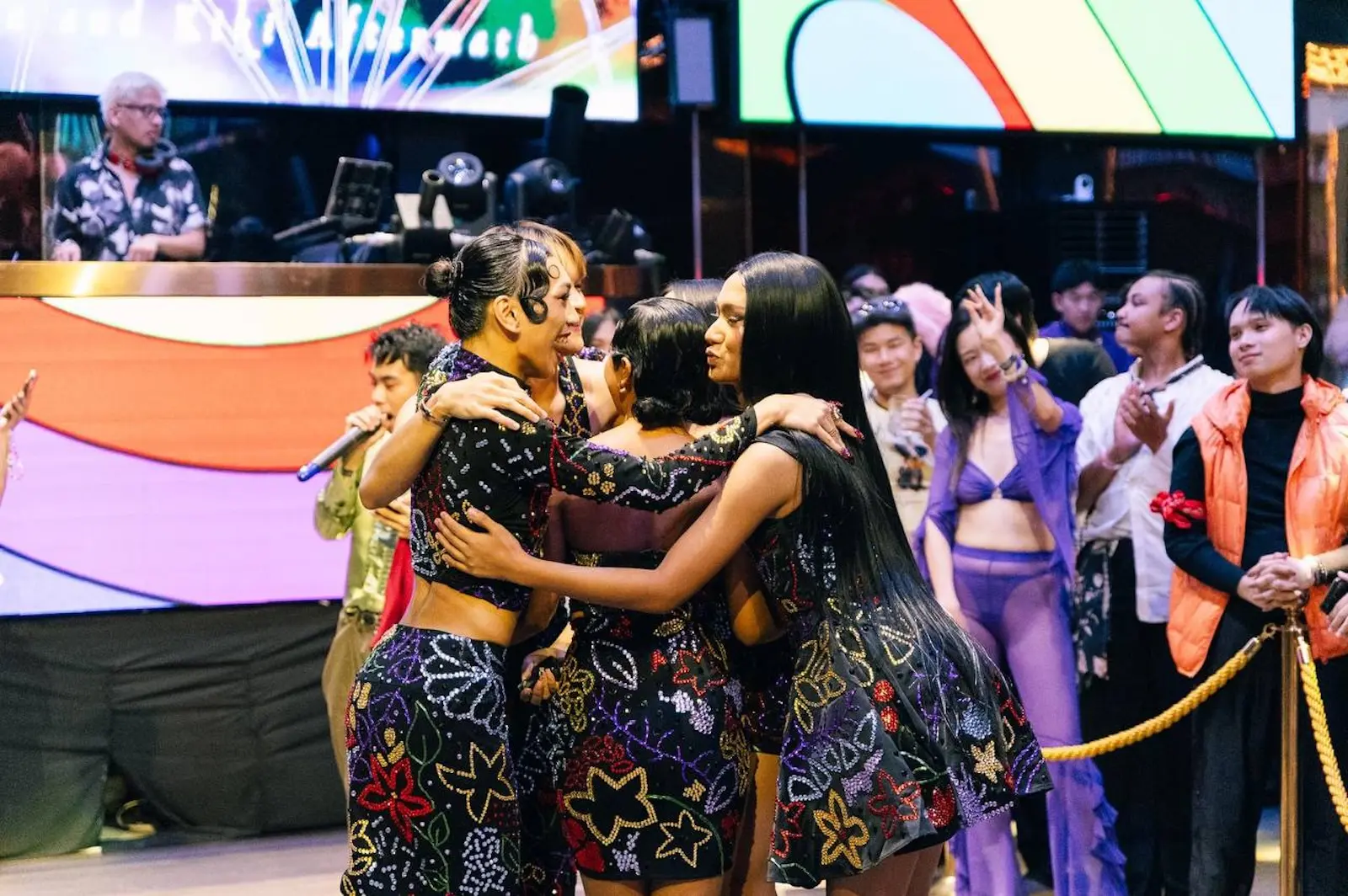
As a house mother, Mother Blaze bears the responsibility of emotionally supporting the four children of the House of Bayle. “That’s just how houses work,” she said. “Basically, you have a parent, and the parent needs to take care of their kids. I need to make sure that their outfits look good, that they know how to walk their categories, how to carry themselves on a runway. But it’s also about being part of their personal lives.” Mother Blaze noted how two of her kids, who are studying dance at the De La Salle — College of Saint Benilde, had a dance show and that she had personally gone to support them. “You really need to build a family,” she said.
However, building a house, as Mother Blaze clarified, doesn’t necessarily mean living under one roof. A typical day in the life of the House of Bayle sees the members actively blowing up the group chat with selfies, memes, or plans to meet or prepare for an upcoming competition. They also regularly meet with other kiki houses, such as the House of Dirty and the House of Bodega, for nights spent eating dinner and swapping stories about the latest balls or in-house dramas. “I really wanted to avoid building this sense of competition between my kids and the other houses,” said Mother Blaze. “I always remind them that the ball scene is about having fun, not about winning.” Even the matriarch’s approach to balls is relatively lax, as she isn’t concerned with divvying up prize money or winning trophies.
When asked if she ever feels the pressure that comes with heading a house, Mother Blaze admits that it can be stressful. “There’s a little bit of pressure,” she said, “but it mostly comes from myself because I want to do good for them.”
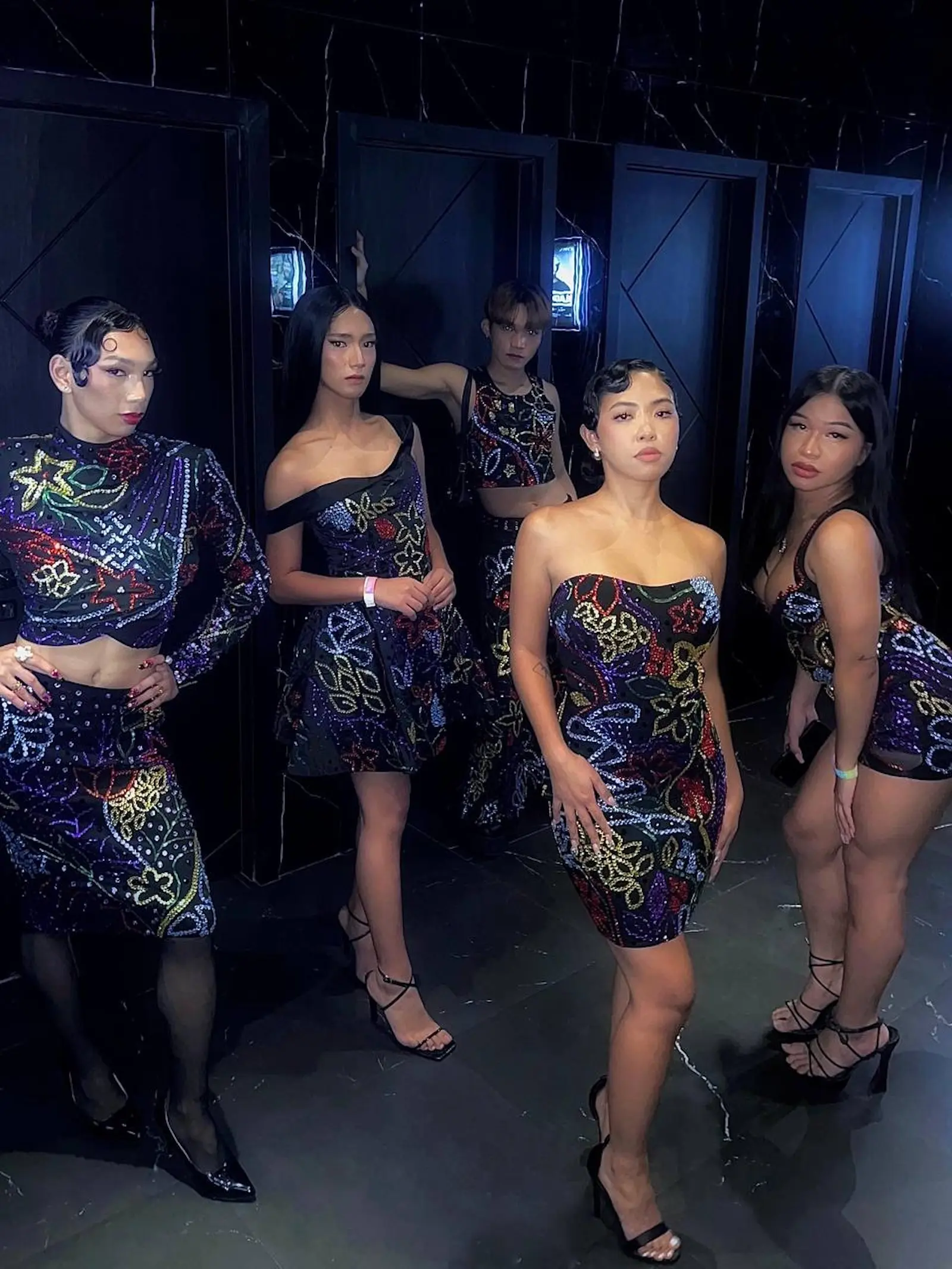
Blaze recalled how, in the days leading up to the house’s official debut, she and her children spent night after night handcrafting their runway looks. Inspired by a rainbow-sequined Bob Mackie gown once worn by Anna Bayle, the newly formed House of Bayle poured their energy into bringing their vision to life. “We stoned the hell out of our dresses for a week,” said Blaze. “Some people at the ball had their outfits custom made, but we made everything ourselves, with only rhinestones from Quiapo and E7000.”
“But when I debuted our house, I didn’t feel tired at all,” continued Blaze. “I just felt very happy. I thought to myself, ‘This is exactly how I want this to be.’ I’m still amazed that everything happened the way it did.”
Paving the Way
Looking ahead, the path blazed by both seasoned pioneers and emerging leaders points to a powerful shift in how the ball scene is making its way into the national conversation. As it continues to evolve, the ball scene is increasingly recognized as a space where queer and trans Filipinos can exist safely and unapologetically: a space where chosen families are free to flourish.
“Seeing people be so unapologetically queer has made me happy,” Morningstar Pinklady of the House of Pinklady told Rolling Stone Philippines, “especially because [the scene] is a safe haven for a lot of people walking. There’s a level of expression and artistry that I haven’t felt since I learned about drag in high school.” Morningstar added that the presence of international houses in the Philippines has given local members the opportunity to carry forward those houses’ legacies while adding their own voice to the culture. “Ballroom houses carry a deep history with them,” said Morningstar. “My house, for example, pays homage to sex workers with HIV and the use of the pink card: hence, Pinklady.”
For many, the rise of the country’s ball scene is also a long-overdue move toward true inclusivity. “Sinasabi ng society natin na discouraged ang femininity, ang pagiging bakla,” Dahlia LaBeija of the House of LaBeija told Rolling Stone Philippines, “na kapag trans o bakla ka, wala kang patutunguhan sa buhay. In our scene, we get to celebrate each and everyone of us. We get to have our own moments on the runway. We get to be someone, even just for a night.”
